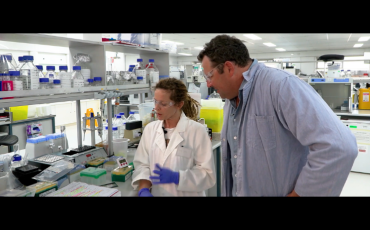

How to Achieve the Triple Bottom Line: Case Studies


From testing timber out in the elements to extracting its DNA
Follow along with Andrew as he visits Professor Jeff Morrell and his team at the University of Queensland’s Timber Durability Centre.
AILA and WoodSolutions Webinar Series

AILA and WoodSolutions have teamed up to co-host a 5-part webinar series focussing specifically on landscape architects and their use and specification of wood products. Featuring industry expert speakers, we cover a range of key topics including timber as a resource and its positive carbon benefits in a zero-emissions future world.

From innovation to fire testing, dive into the latest InFocus video

Play the New Timber Framing Quiz
Treatment of existing structural timber
If the structure has no walls we assume naturally durable or preservative treated timber was used. If so, ongoing maintenance will be primarily cosmetic.The timber in your attached image looks like a dense hardwood and seems to be somewhat protected from the weather. Large size durable species of timber achieve a long life without any maintenance at all (think jetties, bridges and similar structures). However, long term exposure to the weather causes timber to turn grey and produces weathering effects such as surface cracks.

New CLT Toolbox software set to revolutionise mass timber engineering design
Are you looking for a supplier?


